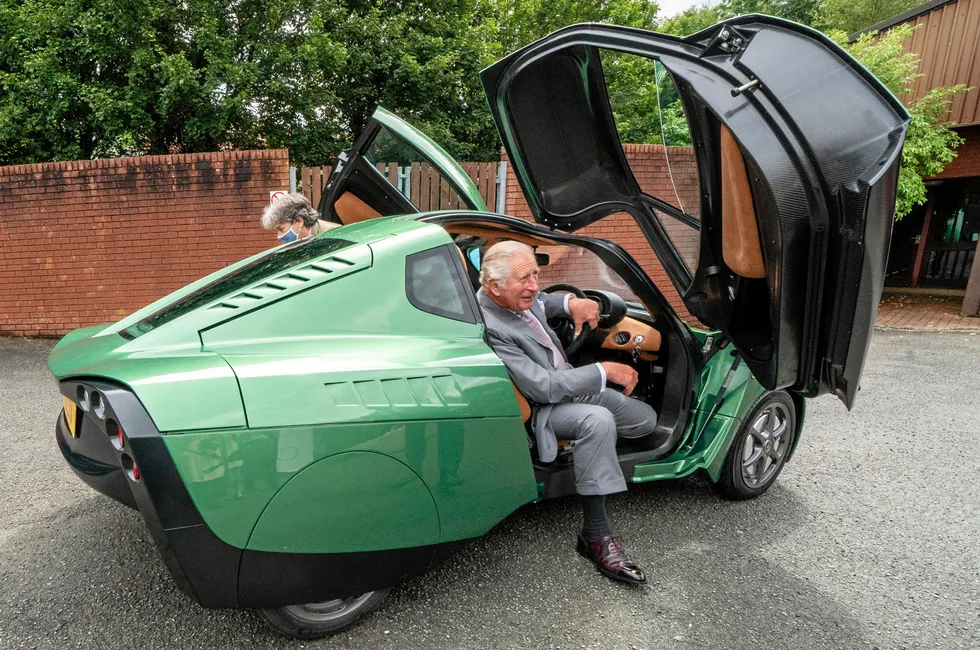EXCLUSIVE | Hydrogen car company Riversimple finds it has vastly exaggerated the range and performance of its FCEV
Study by Welsh automaker reveals that its Rasa FCEV performed badly in real-world trials, only achieving 110 miles per kg of hydrogen, not the 200 miles it has been claiming

Hydrogen: hype, hope and the hard truths around its role in the energy transition
The Riversimple website currently states that the car has a range of 300 miles from its 1.5kg fuel tank — a figure that the company has been using publicly since 2016 — which equates to 200 miles per kg.
The actual figure of 110 miles/kg is therefore 45% lower than advertised.
The report adds: “The key differences between the actual and simulated efficiency were associated with the 4 in-wheel motors and fuel cell, both running at lower efficiencies than expected.
“Further work will be undertaken to evaluate the root cause of these efficiency drops to support design improvements for future Riversimple vehicles.”
Despite the problems found with the two-seater Rasa, Riversimple still paints a very rosy future for its vehicles in its report, pointing to range-anxiety concerns related to battery electric vehicles (BEVs), issues with public EV chargers not working properly, and the fact that not everyone has a driveway where they can install chargepoints for EVs.
“Most fleet managers [interviewed for the study] wanted a range of at least 200 miles,” the report conveniently states.
Although if range anxiety was a concern, surely they would opt for BEVs or FCEVs with longer ranges than the Rasa, of which there are many.
The document states that even with Rasa’s newly discovered inefficiencies, a hydrogen fuel cost of £5.48 ($6.66) per kg would achieve cost parity with a home-charged BEV, adding that the figure was £13.76/kg when compared to a BEV using only public chargepoints.
These figures — based on 2021 electricity prices — are far superior to the Hyundai Nexo hydrogen car, the report adds, which would require hydrogen prices of £2.09/kg to achieve cost parity with a home-charged BEV, and £5.26/kg for a publicly-charged BEV.
The uniqueness of Riversimple
Despite being in existence since 2001 and working on fuel-cell vehicles since at least 2009, Riversimple has yet to make a single production car, and it has certainly not sold any.
Uniquely, it never intends to sell any of its cars — it plans to lease them under a subscription model in which all running costs — including fuel, tax, insurance, servicing, repairs, components, and breakdown and recovery is covered by a fixed monthly fee and a variable mileage rate.
It is not clear when the lightweight, aerodynamic Rasa — with its winged doors, covered back wheels and top speed of 60mph (96.5km/h) — will actually go into production.
Riversimple announced in October 2020, that it planned to raise £150m over the next three years to support the construction of manufacturing plants, and hired Welsh company Gambit Corporate Finance as its lead financial advisor.
Gambit announced in July 2021 that Riversimple had “completed its latest funding round of £1.5m”, but no further announcements have been made since then.
(Copyright)